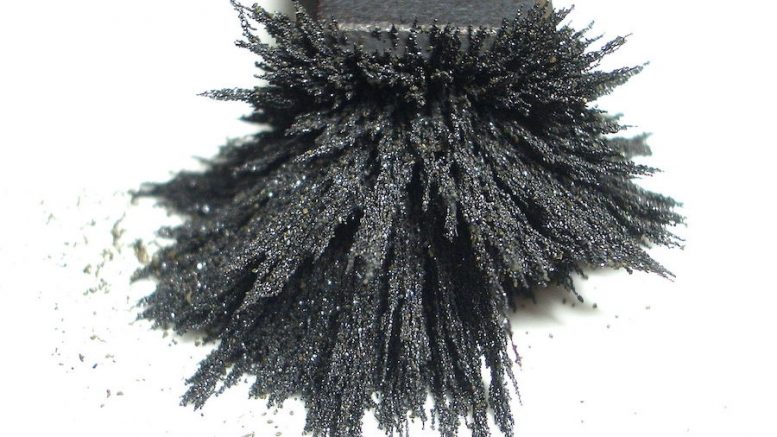Market for magnet rare earth oxides that drive EVs to increase three-fold by 2035


The value of global magnet rare earth oxide consumption will triple by 2035, from US$15.1 billion to US$46.2 billion, according to a new report published by Adamas Intelligence, an independent research group.
It also predicts the lack of new primary and secondary supply sources for rare earth oxides in the market from 2022 onwards, coupled with the inability of existing producers to increase their output, to create a major neodymium-praseodymium (NdPr) oxide shortage by 2035.
“We forecast that global shortages of neodymium, praseodymium and didymium oxide (or oxide equivalents) will collectively rise to 21,000 tonnes annually by 2030 and 68,000 tonnes by 2035 — an amount roughly equal to China’s total production last year,” a statement from the research group said.
China is the world’s biggest producer of rare earths, a group of 17 minerals employed in a range of applications including permanent magnets used in electric vehicles and renewable energy devices, the demand for which has increased as the world looks to meet its decarbonization goals. The Asian juggernaut controls about 85% to 90% of the world’s rare earths processing.
The merger of three rare earth element producers in China — China Minmetals Rare Earth, Chinalco Rare Earth & Metals and China Southern Rare Earth Group — took place in December last year, a move which analysts said would help the merged company increase control over prices in the international market.
Comments